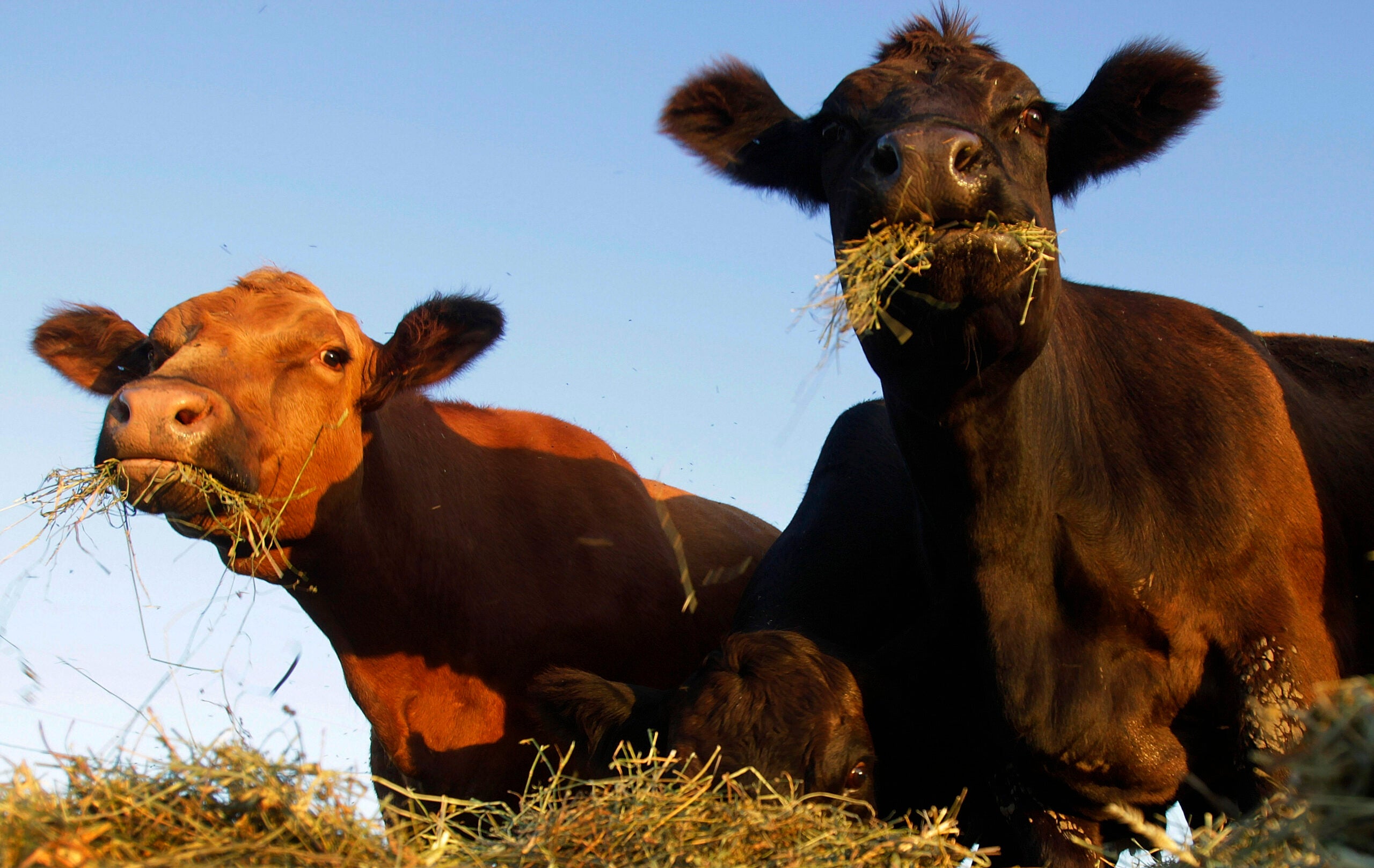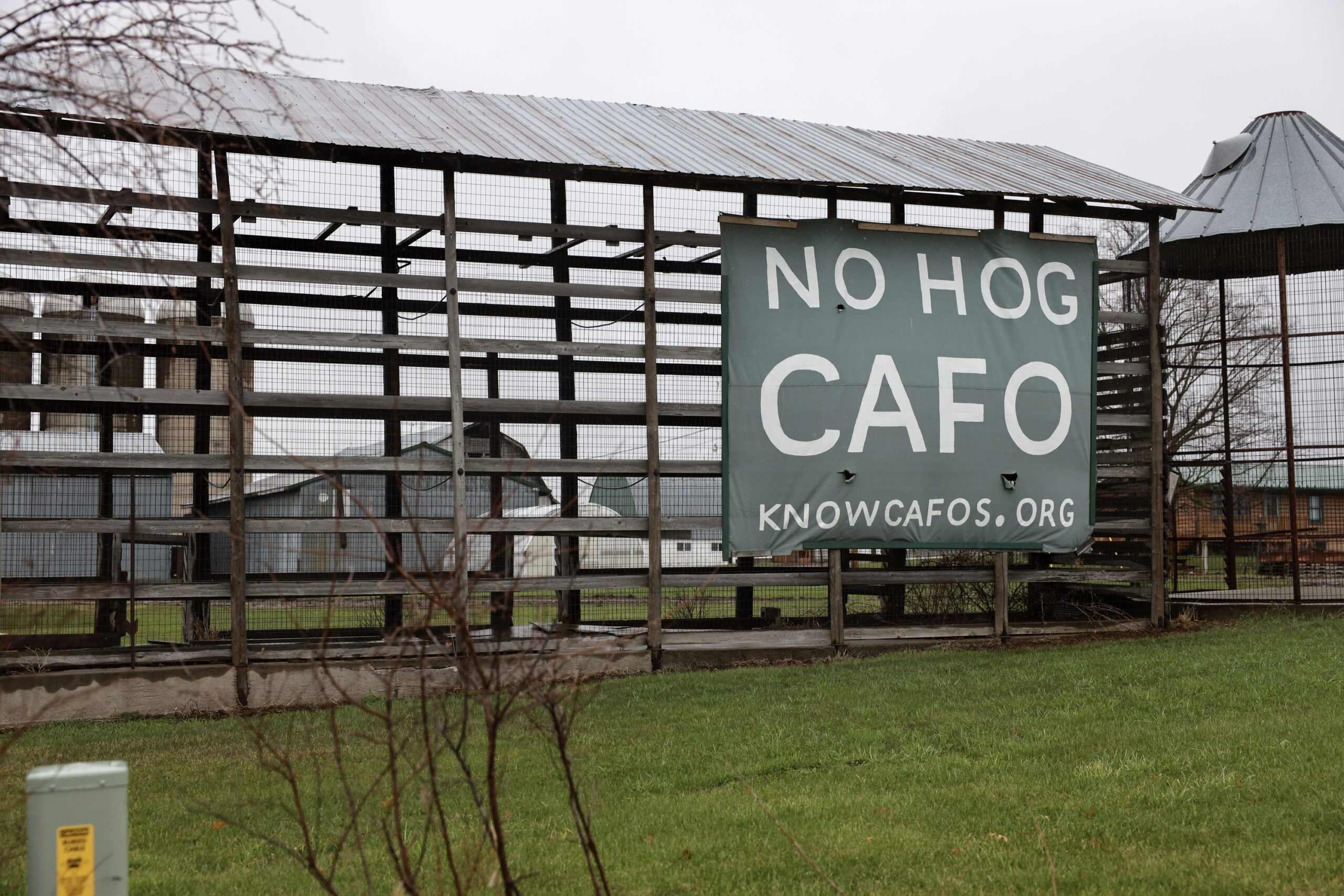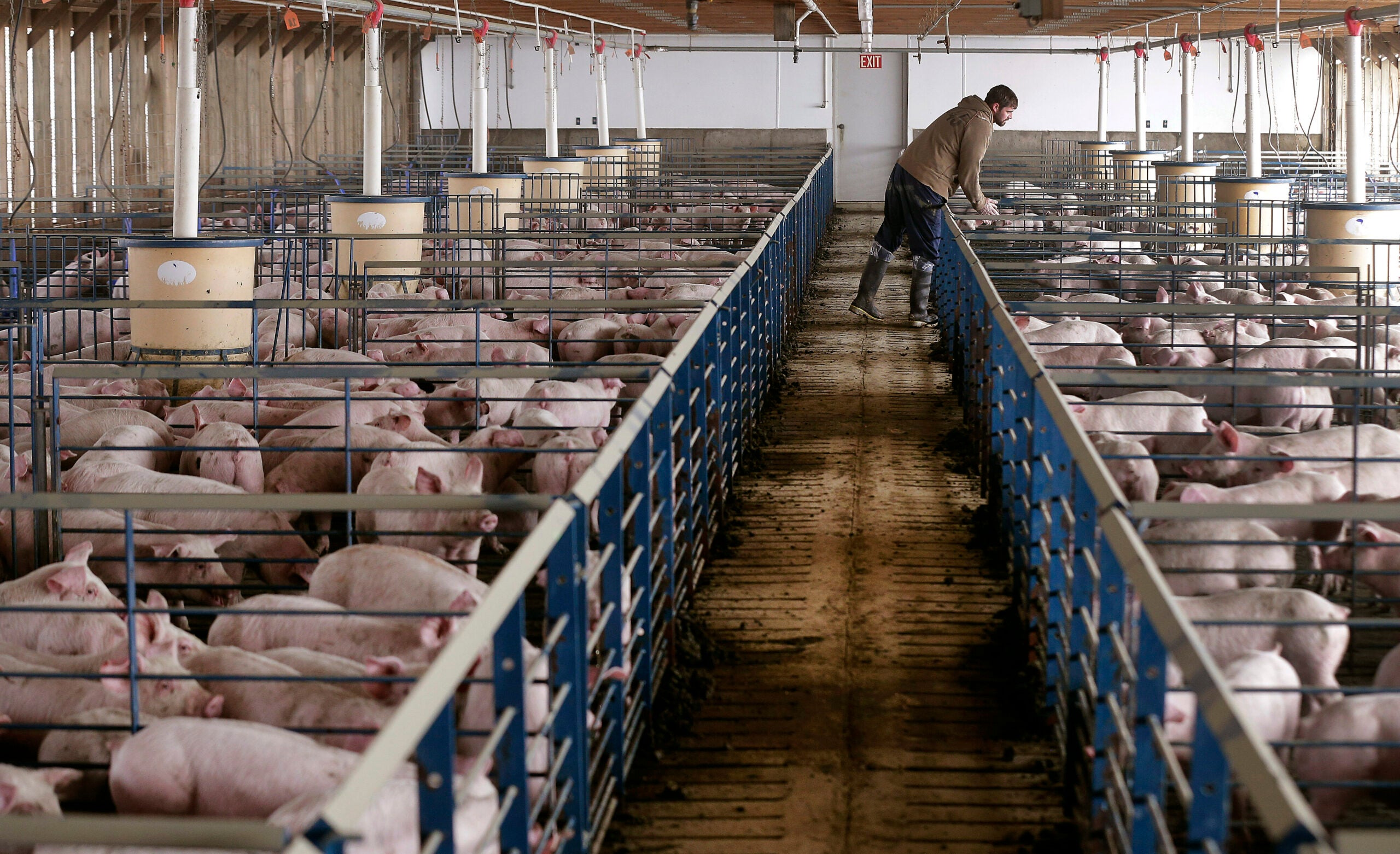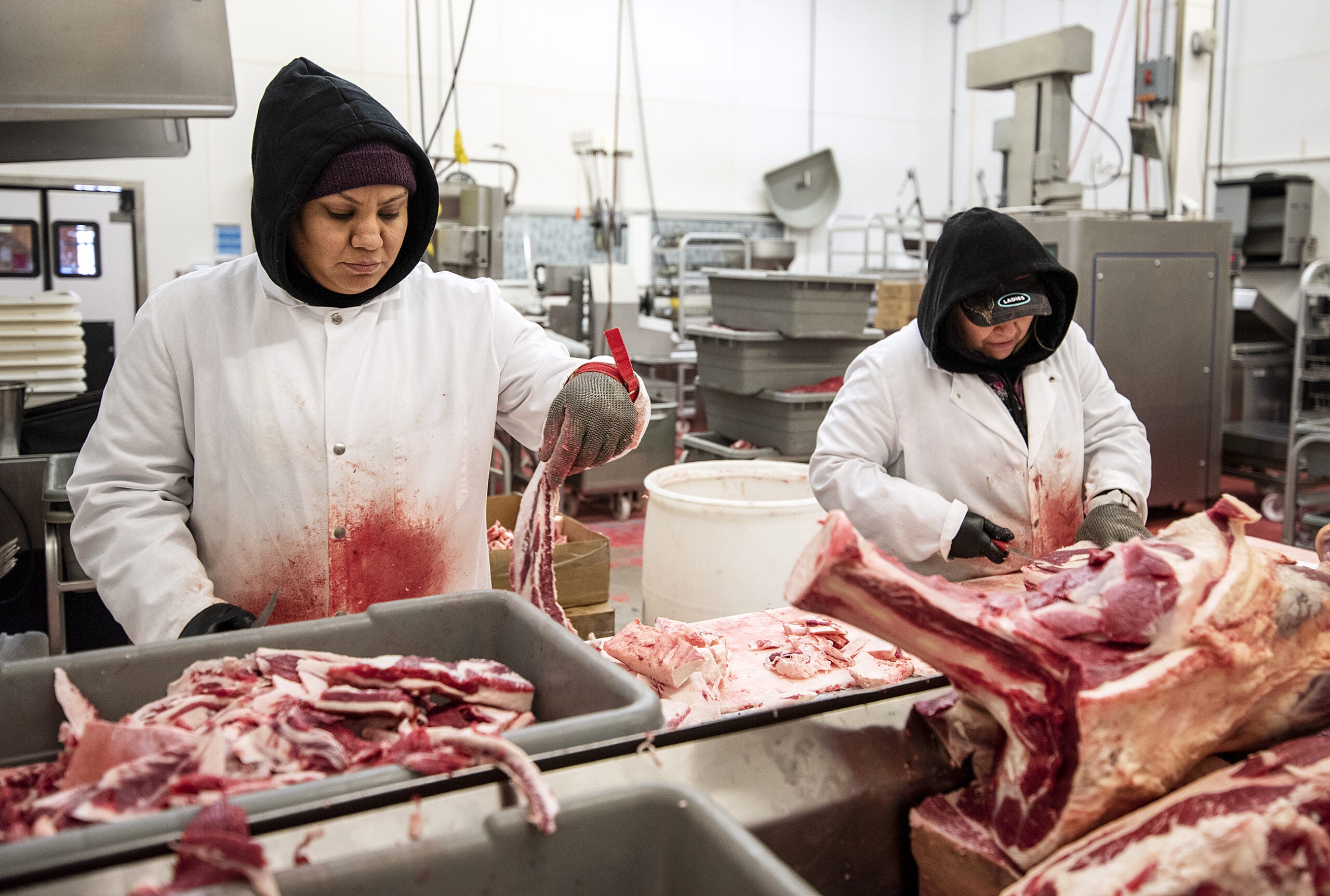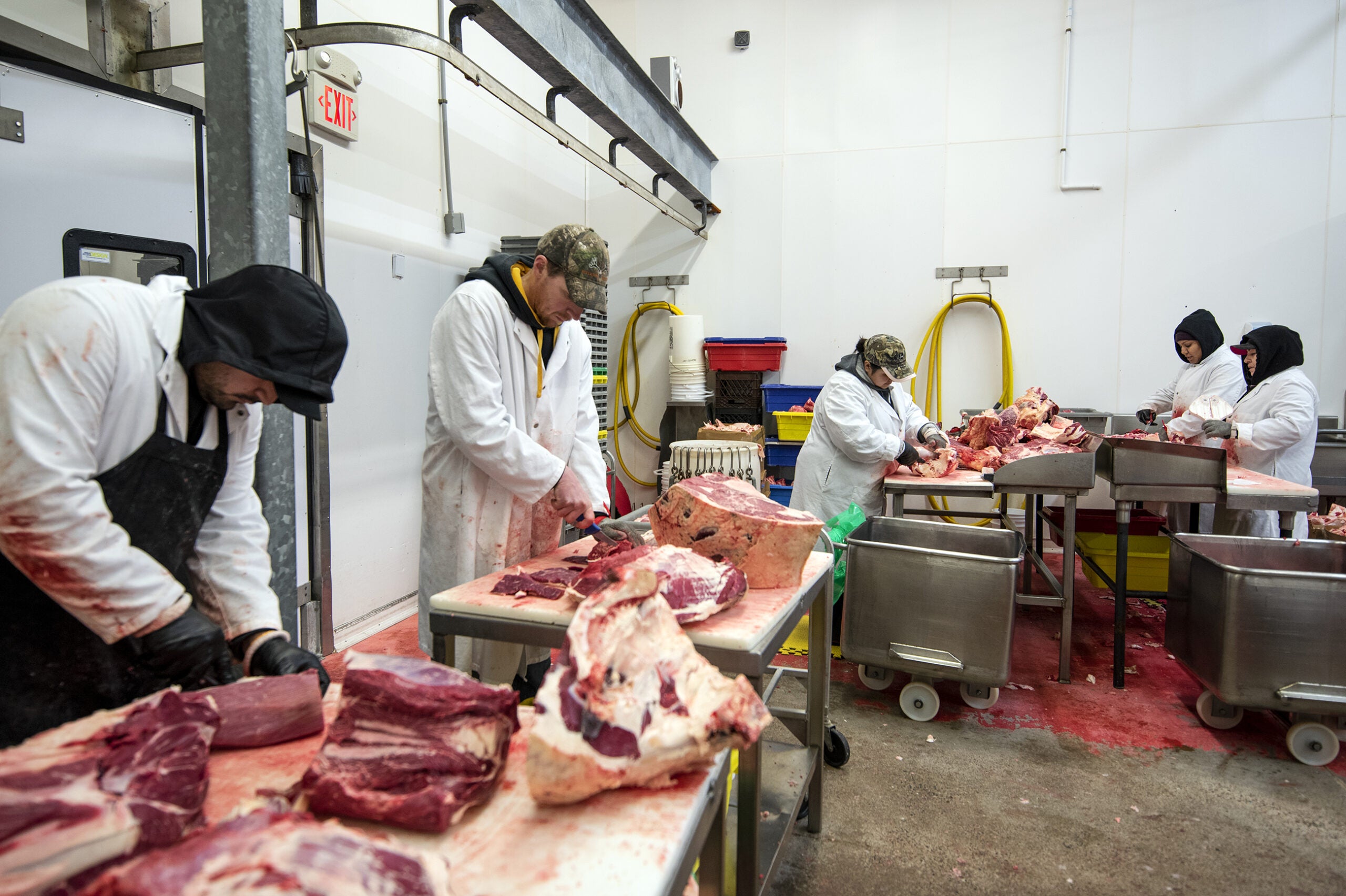Wisconsin farmers raising animals for specialty meat have mixed feelings about increased oversight by federal regulators around claims like “grass-fed” and “free-range.”
The U.S. Department of Agriculture announced in June that the agency is working to require stronger substantiation for animal-raising claims. Producers using these labels currently have to receive approval from the USDA’s Food Safety and Inspection Service, or FSIS, by providing written documents outlining how they care for their animals.
But the agency said in a press release they’ve received several comments and letters asking FSIS to reevaluate how these labels are substantiated.
News with a little more humanity
WPR’s “Wisconsin Today” newsletter keeps you connected to the state you love without feeling overwhelmed. No paywall. No agenda. No corporate filter.
The biggest claim at issue is the promise of no antibiotics used in cattle. Studies have found that some cows sold under this claim test positive for antibiotics. FSIS will be conducting a sampling project to see how often antibiotic residues are present and if the agency should require producers to submit lab tests to verify the “no antibiotics” claim.
Rod Ofte is general manager of the Wisconsin Grass-fed Beef Cooperative and raises his own beef cattle for the co-op. He said their label, Wisconsin Meadows, currently substantiates their “100 percent grass-fed” and “no antibiotics” claims through a double affidavit system. Farmers sign an affidavit when they join the cooperative, promising to follow USDA’s labeling guidelines. Every time they send cattle for slaughter and processing, the producer signs another affidavit verifying that the specific animals were raised following the guidelines.
Ofte said there are cases when he doesn’t follow the labeling guidelines for a specific animal.
“There are times now and then when I will treat something with antibiotics and I just pull (the animal) from the herd,” Ofte said. “It’s an honor system.”
He gives the example of treating a calf with pink eye, an infection that can cause blindness in cattle. He still raises the animal with the rest of his herd. But at the end of its life, he sells the treated animal through conventional beef processing.
Ofte said one of the biggest problems facing specialty producers is consumers’ lack of knowledge about the differences between the many kinds of specialty labels. Unlike the USDA Organic certification, which has strict requirements, Ofte said animal-raising claims tend to be more ambiguous. The easiest example: a package of “grass-fed” beef is not the same as one that says “100 percent grass-fed”.
“All animals, at some stage, eat some grass. So that’s what’s challenging about this,” he said.
FSIS guidelines say that meat from less than 100 percent grass-fed animals should say what percent grass-fed they were. But Ofte said consumers don’t always know to check for the details.
Because of this lack of clarity, Ofte said he would like to see a certification program for grass-fed meats similar to USDA Organic, where a third party company inspects a farm to verify they’re following the guidelines.
“We want to track down people that don’t tell the truth. The issue here is not antibiotics, the issue is transparency,” he said.
Ofte said he would like to see a crack down on what he describes as the overuse of antibiotics on the largest farms in the U.S., which he thinks will reduce the amount of misleading products sold as “antibiotic free.” But he said he’s also worried increased enforcement will create more regulatory hurdles for smaller producers.
David Hollander of Smallfolk Farm in Dane County has similar feelings. He raises chickens on pasture, but Hollander said he doesn’t have to go through FSIS to label his products as “pastured.” And he would like to see it stay that way.
“A lot of times these regulations are written in such a way that they’re quite burdensome,” he said. “But the big guys, they have lawyers, they have their own inspectors, they have their own people that are making sure that T’s are crossed, the I’s are dotted.”
Hollander points to the “cage free” labeling claim for poultry as an example of how creating a definition can allow the largest farms to find loopholes in order to qualify.
“That term has been legally defined, and I would argue legally captured,” he said. “While it was well-intended, now you can essentially meet that legal demand. But that isn’t going to provide the chickens with the welfare situation that actually was intended by the law.”
Hollander thinks the same is true for the term “free-range,” which is why he doesn’t use it for his meat or eggs.
He said increasing labeling enforcement could be done well if farmers themselves are allowed to advise the federal government on how to structure a program without negatively affecting producers already using these claims.
But Hollander feels like he doesn’t see the same kind of competition from the largest farms under the “pastured” label he uses to sell products. He charges higher prices for his meat, but Hollander said it’s still hard to keep his small farm operating amid higher prices for feed and other supplies.
“To be frank, I know a lot of farms closing down, my farm is under a lot of financial stress this year,” he said. “When you start talking about additional regulations, I get nervous. Because every regulation has some sort of cost, whether it’s a cost of time or cost of dollars to meet that regulation.”
Wisconsin Public Radio, © Copyright 2026, Board of Regents of the University of Wisconsin System and Wisconsin Educational Communications Board.
